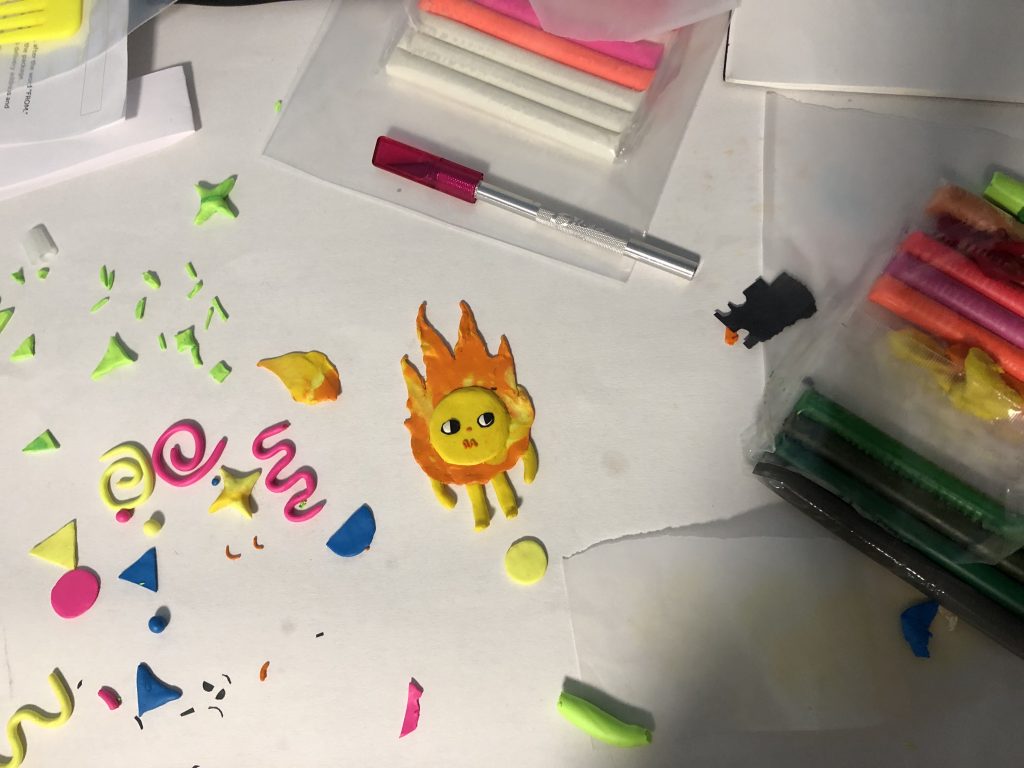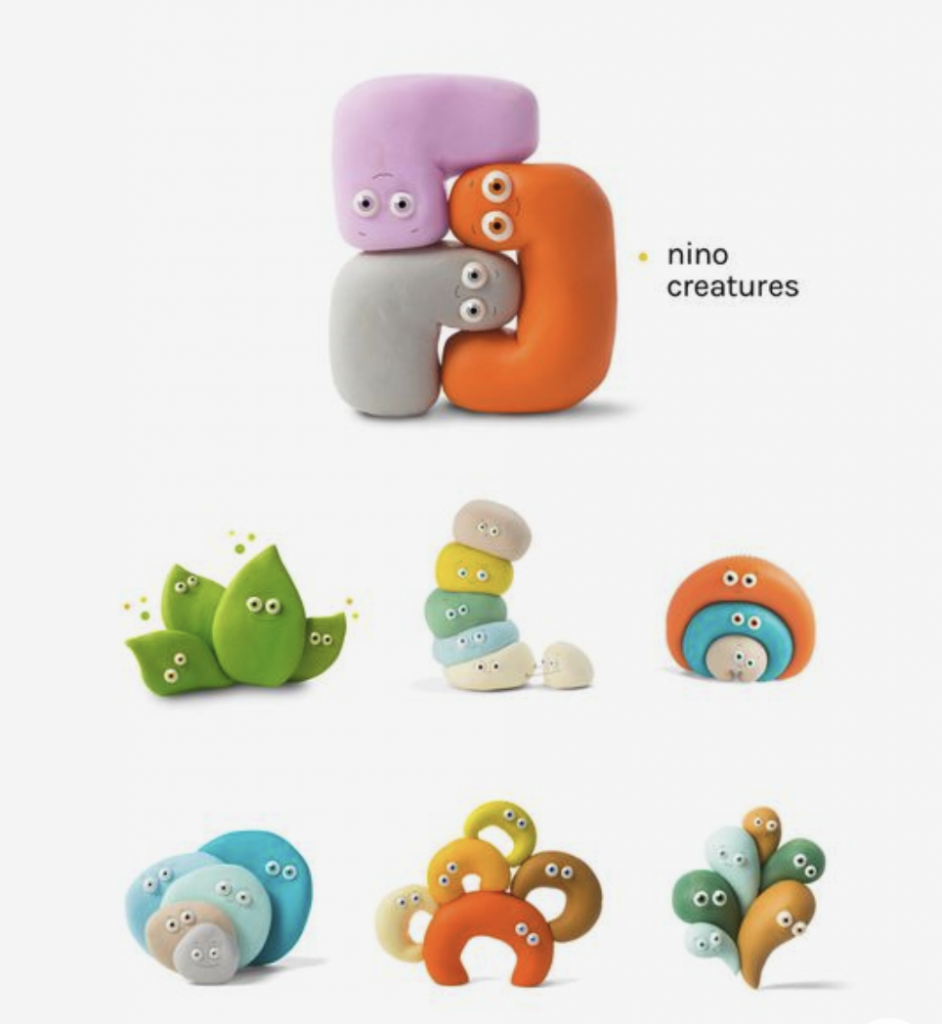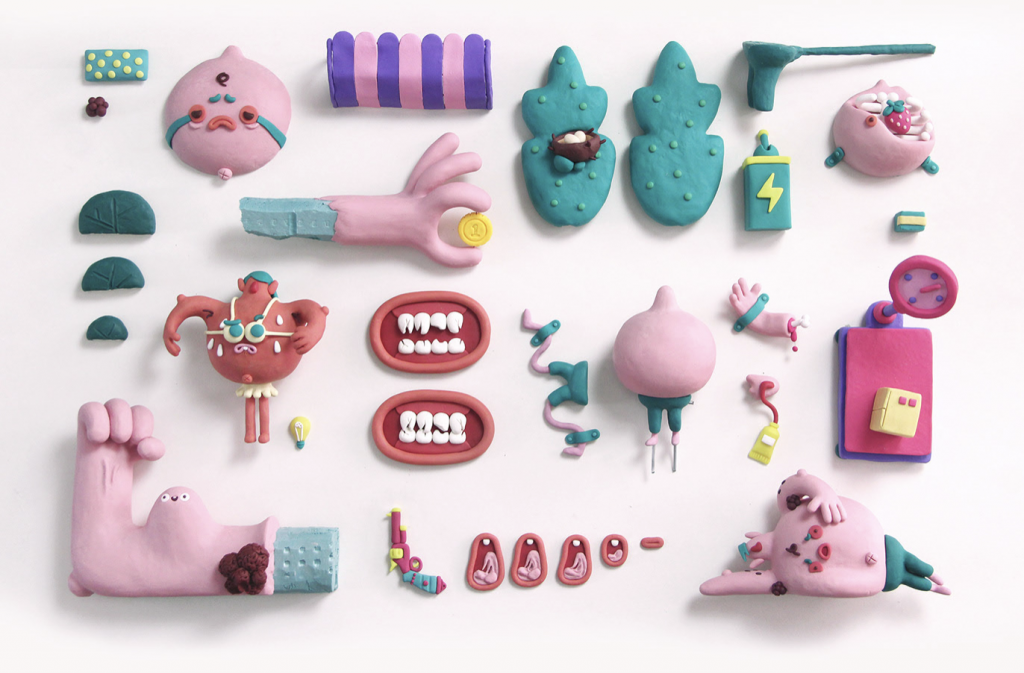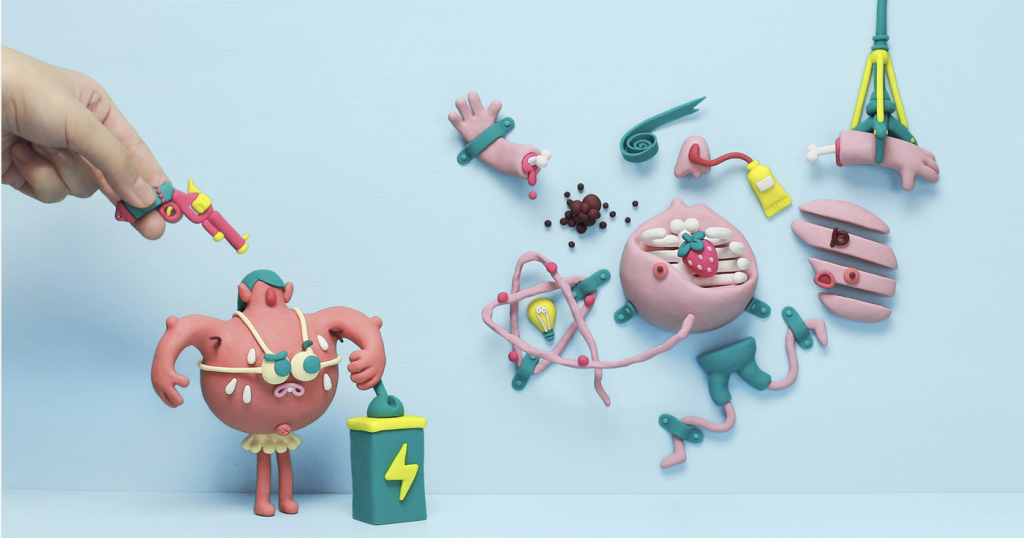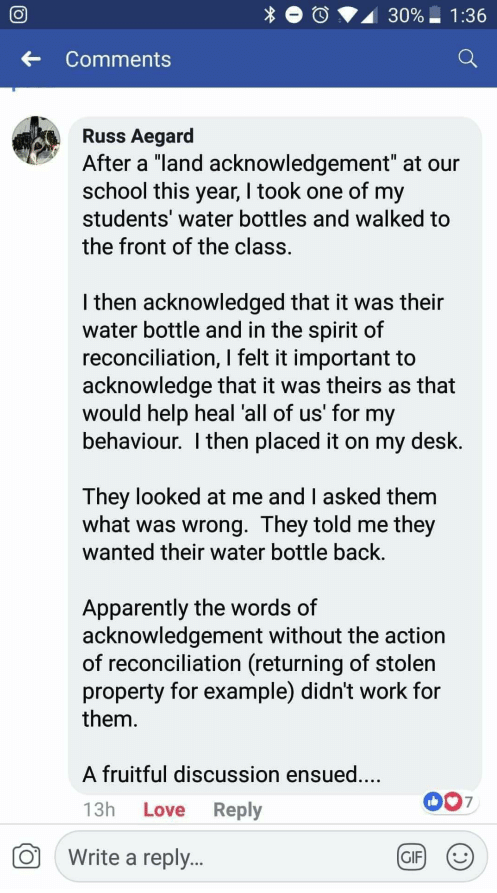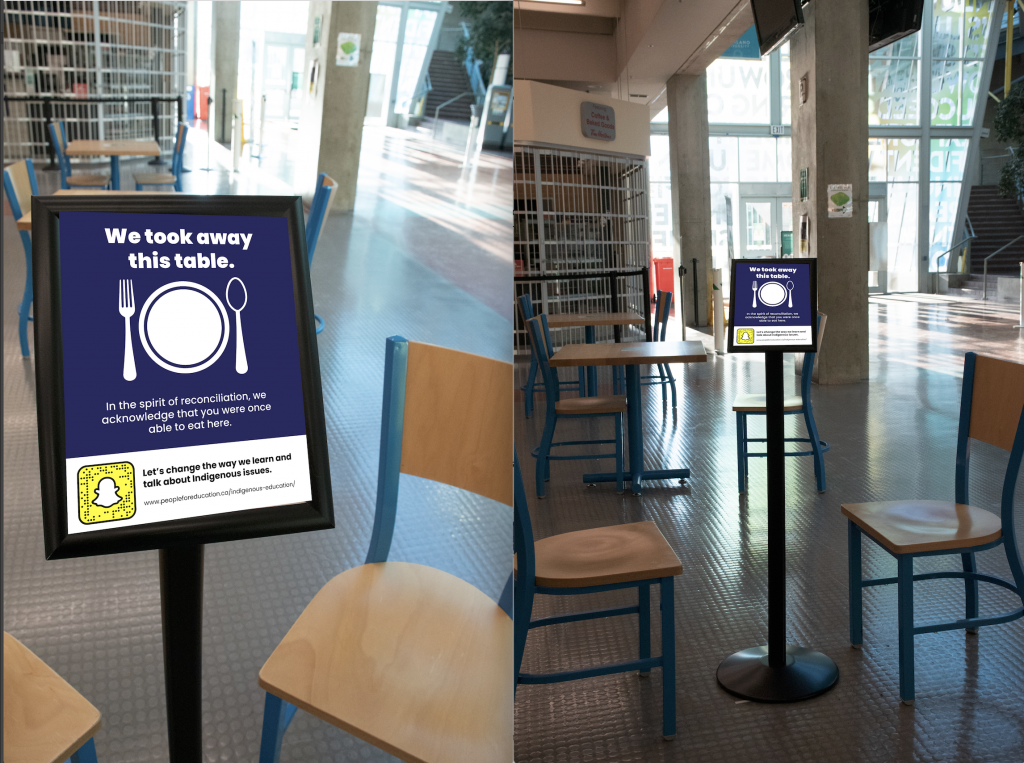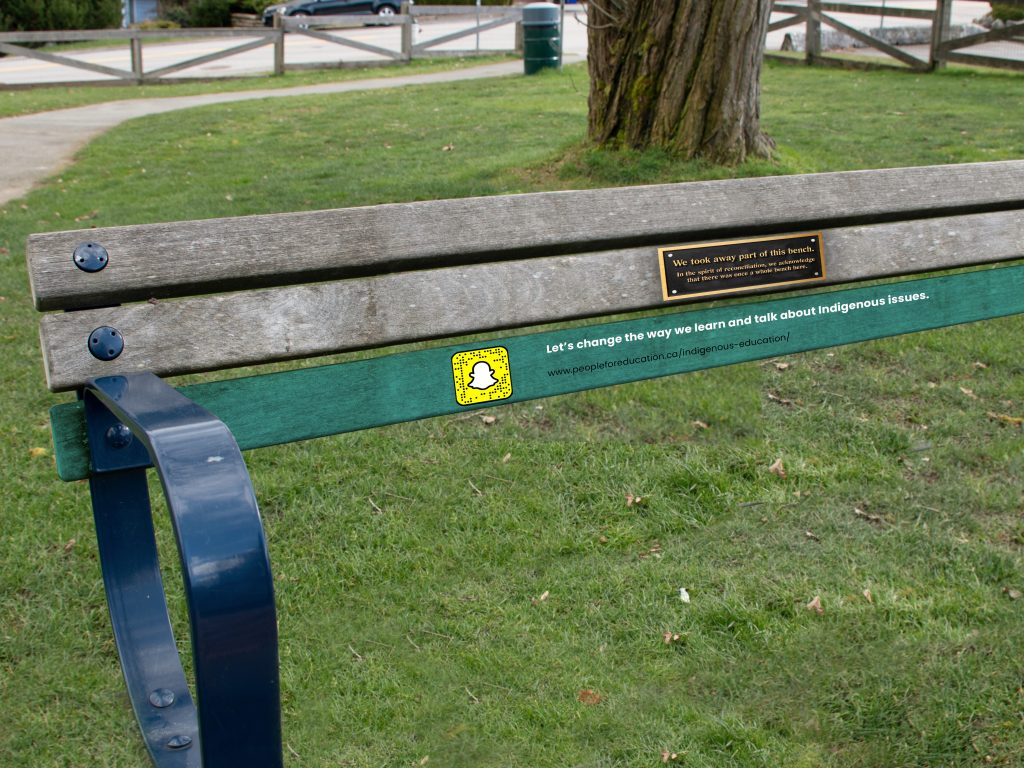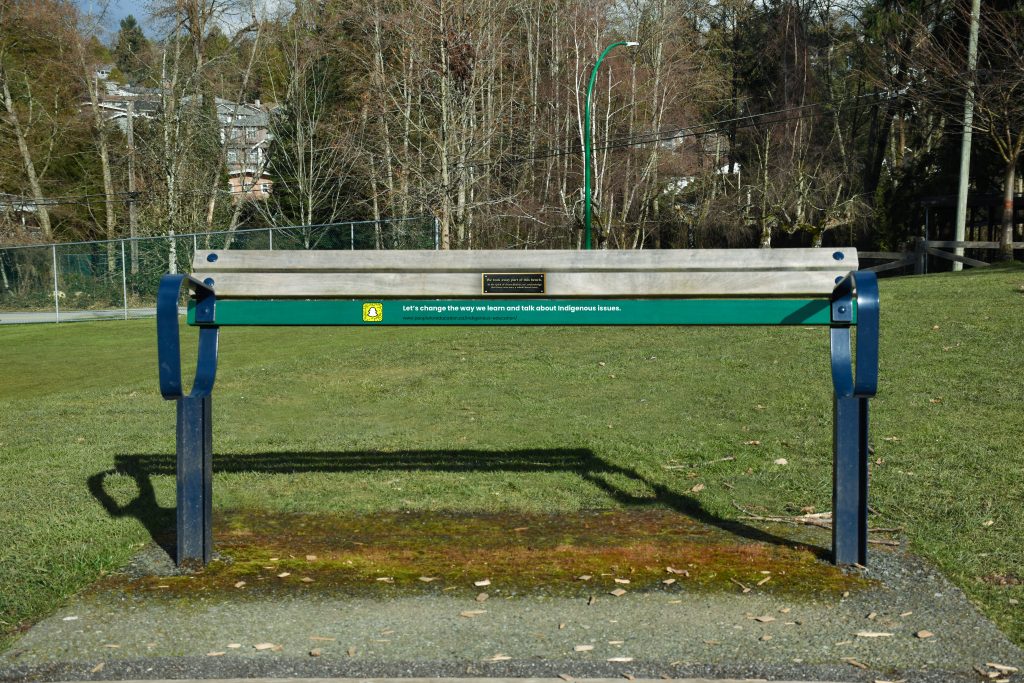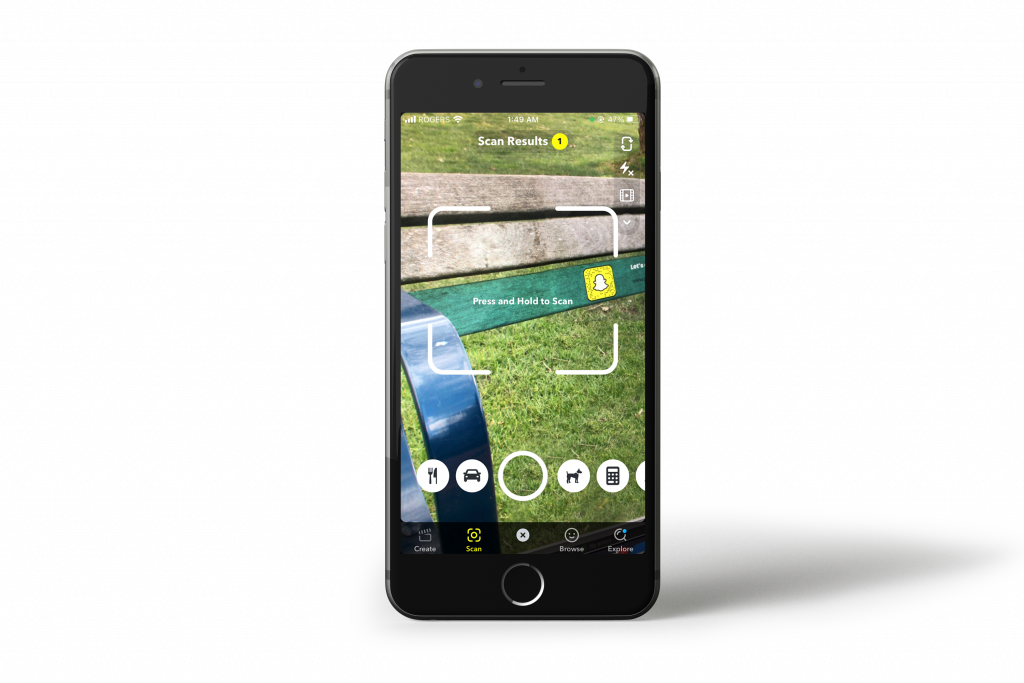My group, MAKe Studio, consisting of Kat, Amanda and I were tasked to create a campaign for The North Vancouver Fire Department (NVFD). While the fire safety and prevention programs the NVFD has held for young elementary school students and seniors have always been a success, they have had trouble reaching students aged 16-25. A huge amount of fires are not seen from this demographic but when they do happen, the effects are devastating. The main causes of fires from this age group are kitchen accidents and fireworks. With students moving out to live on their own, they may not be used to proper kitchen safety procedures which may lead to fires. Our solution was to create a character that would resonate with these students and gain sympathy. We were inspired by the Knoll Sidekicks commercial and a character from Howl’s Moving Castle, Calcifer, a sentient flame.
The three of us sketched out potential character designs and eventually settled on my design of our flame mascot, whom we decided to name Freddy. (The initial idea was to call him Feu-reddy, a play on words with the french word for fire [feu]). A popular art medium these days is clay, with artists using the medium in design to give it a contrasting, popped-out 3D look. Bold, bright, cute designs and illustrations are trendy nowadays. Combining those trends with having a cute mascot would be popular with this age group since they grew up watching cartoons, anime and reading comics.
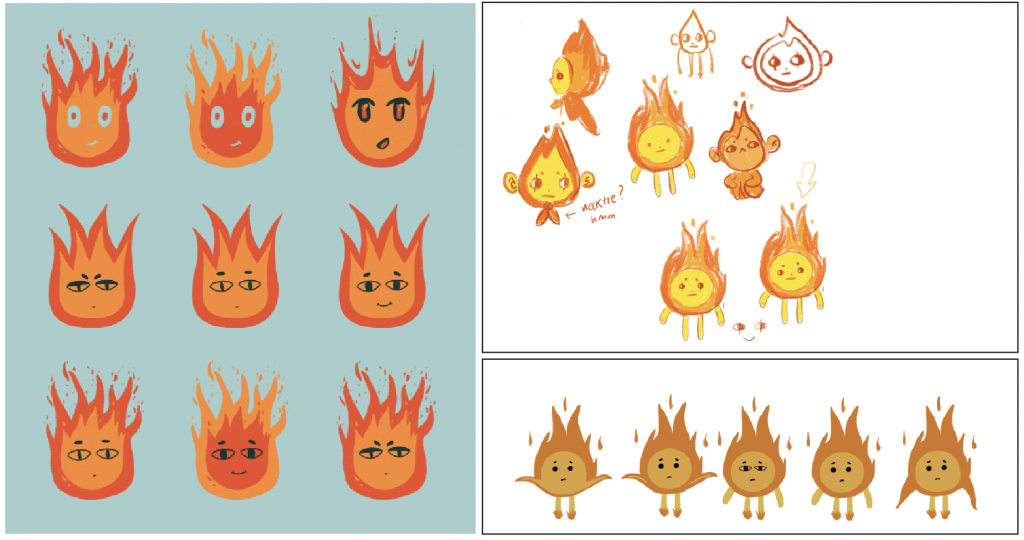
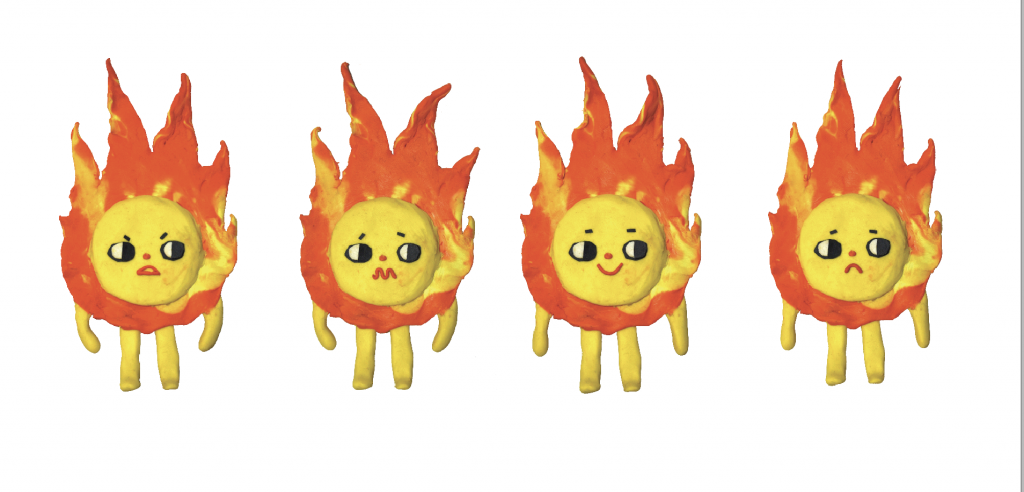
We created posters, with the call to action being: “Don’t Leave Freddy Alone” lest he gets out of control. The wording on the poster imitates the way teenagers and young adults talk so that it is fun to read and is relatable for our demographic. These posters would be placed in areas frequented by students like public transit stops and libraries.
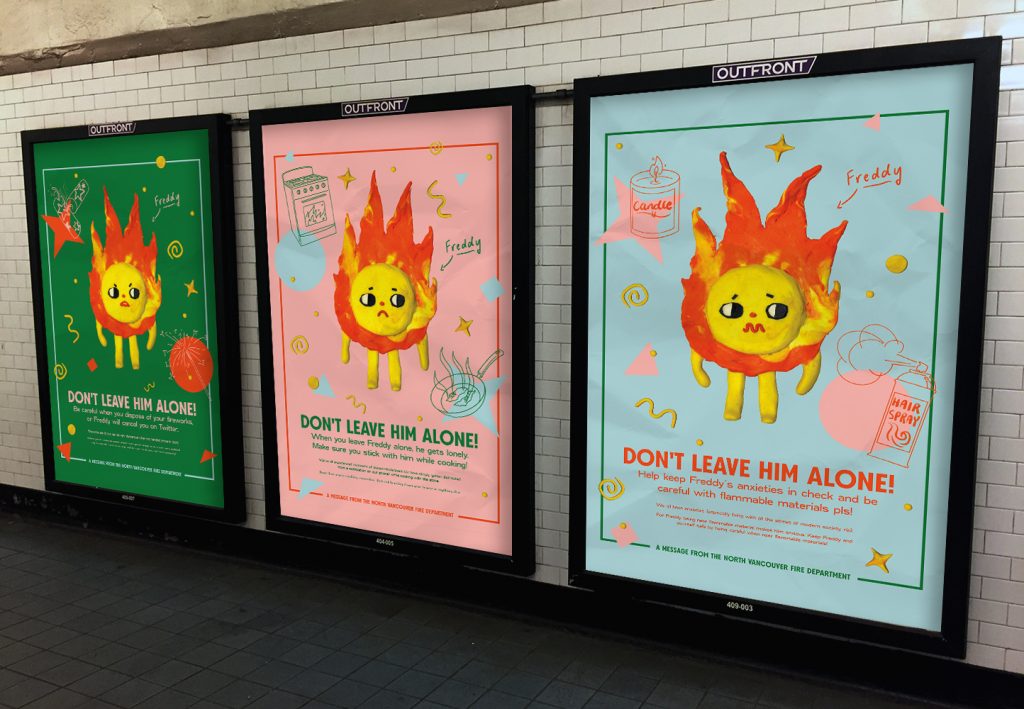
We also created animated posts for Instagram stories since it is one of the most popular social media apps for this target group. It is now more common to see health, safety, and other informational resources are being posted on Instagram these days since the format makes information digestible and is easily accessible since many already have the app.
We also created stickers of Freddy to be given out since they would be fun to collect while acting as a reminder when people see them.
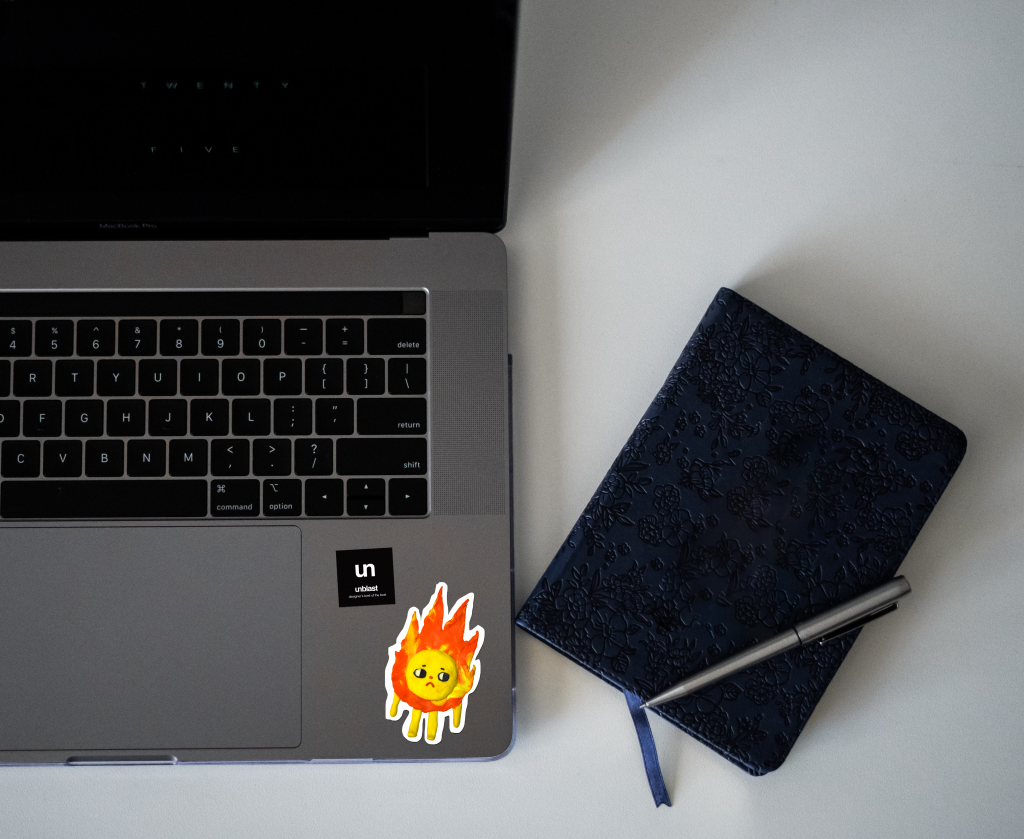
While the entire team worked collectively to put together our creative brief, the initial proposal presentation, sketches, mindmaps and ideate, I put together Freddy and additional design elements out of clay, created the final presentation slides and final PDF. I would give myself a 8/10 for what I did, as I’m quite proud of how Freddy turned out. Kat, Amanda and I worked really well together- we had great chemistry! We came up with great ideas and were able to communicate with each other with ease. I would rate our teamwork 10/10 and would DEFINITELY work with them again!
